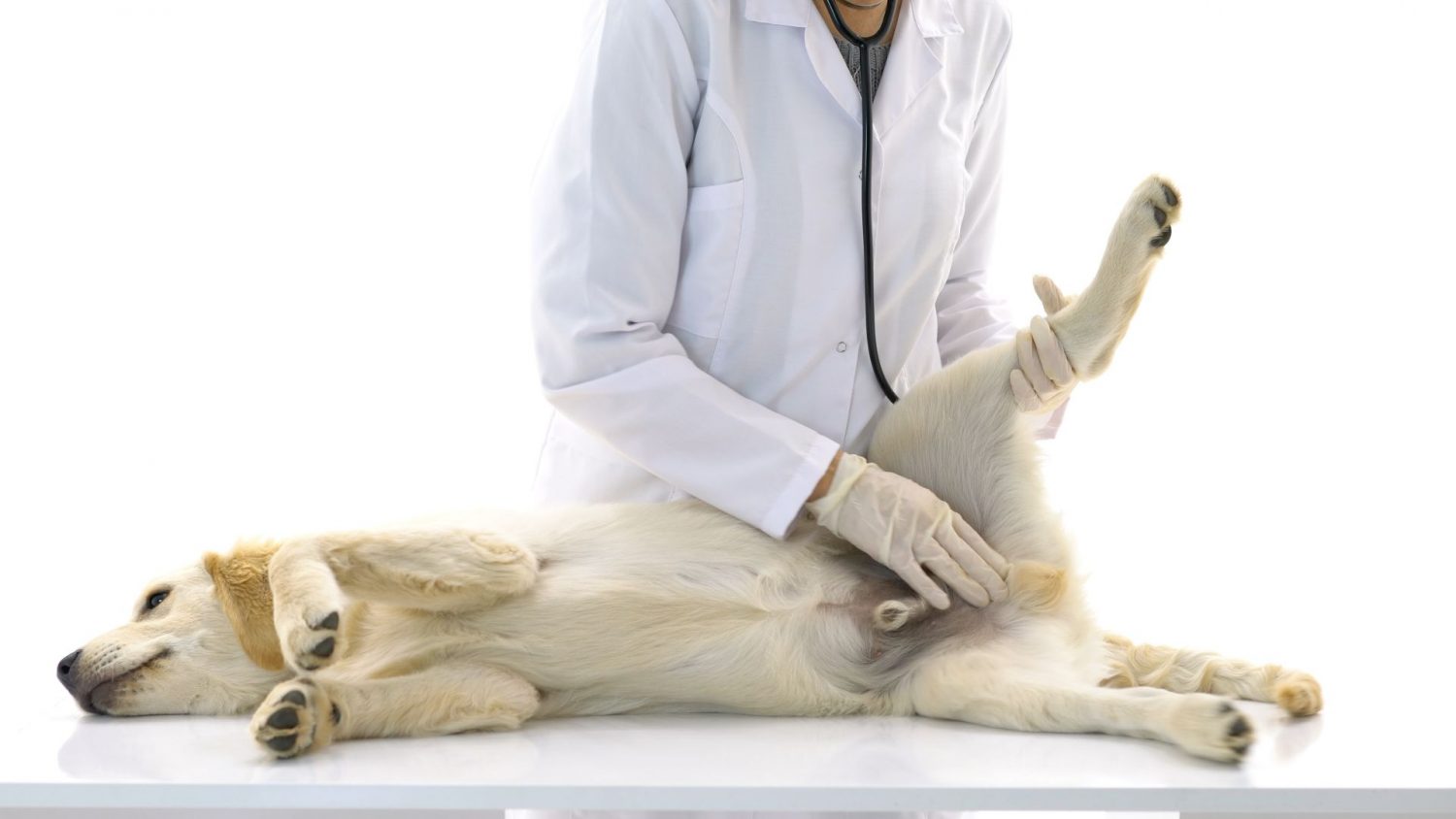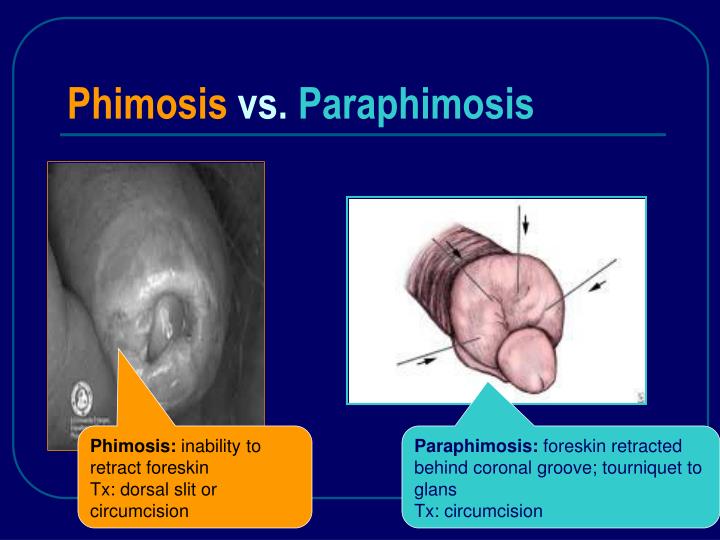
Paraphimosis in Dogs Causes, Symptoms & Treatment SheKnows
Paraphimosis and Phimosis in Dogs. Phimosis is a condition that causes a dog to be unable to protrude its penis from its outer orifice. Paraphimosis, on the other hand, refers to the dog's inability to retract its penis back in to the sheath. Both of these medical conditions can occur in male dogs and cats, and at any age.

3 month old puppy red rocket Brianna Grier
When paraphimosis happens, the appearance of your dog's privates—and often his behavior—is much different from a temporary dog lipstick sighting. (You can view a picture of paraphimosis in dogs here, but it's not for the faint of heart!) Common signs of paraphimosis include: A larger than usual portion of the dog's penis is visible

Paraphimosis in Dogs Pet Friendly House
Paraphimosis in dogs is a condition that can cause severe pain and even the loss of the penis, requiring immediate veterinary attention. Paraphimosis in dogs is a condition that not many dog owners are aware of, but there are quite frequent consultations in the clinic.

Paraphimosis In Dogs What Is It And What To Do
Paraphimosis in dogs can be treated easily if caught early. While this condition can occur in any male dog, pups that are bred are usually most affected and should be monitored very closely when doing so. Remember—even if you can get your dog's penis back into the sheath, a vet visit is always recommended to ensure your dog has a full.

The Ins and Outs of Paraphimosis in Dogs Harpeth Hills Animal
An abnormality or deformity in the development of the genitalia Some type of traumatic injury Neurological problems Tumors A physical obstruction such as hair around the base of the glans penis Seeing your dog's glans pop out to say hello periodically is nothing out of the realm of normal.

Paraphimosis Help, My Dog’s Penis is Stuck Out! The Whole Pet Vet
The most serious condition is paraphimosis with entrapment and strangulation of the penile shaft. Para-phimosis can present as persistent or episodic expo-sure of the penis; the most serious scenario is acute penile entrapment and circulatory compromise.

Paraphimosis In Dogs What Is It And What To Do
Phimosis in Dogs and Cats. , DVM, MS, DACVIM, Department of Medicine and Epidemiology, School of Veterinary Medicine, University of California, Davis. An abnormally small preputial orifice, resulting in inability to extrude the penis, can be congenital, or acquired as a result of neoplasia, edema, or fibrosis after trauma, inflammation, or.

Red Rocket Paraphimosis in Dogs Arlington Animal Hospital, Arlington
Priapism is uncommon in dogs. Paraphimosis is more common after manual semen collection, and rare after coitus. Priapism is considered an emergency, especially if tissue death (necrosis) is present. Paraphimosis, while not life-threatening, requires prompt veterinary intervention, as the risk of severe edema and pain is high.

Paraphimosis In Dogs Causes, Symptoms & Treatment of Paraphimosis
When a dog's penis is stuck outside of the sheath for over a couple of hours, this is considered paraphimosis. As mentioned, paraphimosis is when the penis is stuck and unable to fully retract back into the prepuce. This most commonly happens after an erection has occurred but can also happen after semen collection or copulation.

Dog Willies When they get stuck
Signs & Symptoms of Paraphimosis in Dogs. It's normal for a dog's glans penis to protrude occasionally for a few minutes, but paraphimosis becomes a concern if it remains unsheathed for upwards of 20-30 minutes.Other signs of paraphimosis and signs that your dog is suffering from a pet emergency include:. Discoloration, irritation, and visible dryness of the exposed penis

A Paraphimosis Male Dog And Cats
Paraphimosis, the inability to completely reduce the penis into the preputial cavity, most commonly occurs in a dog after manual semen collection, less commonly after coitus. The skin at the preputial orifice becomes inverted, trapping the extruded penis and impairing venous drainage.

Paraphimosis in the Dog Penis Surgery
Failure of the glans / penis to return to its storage position within the sheath is called paraphimosis. Paraphimosis in dogs can have very simple or very complex causes, but it is always uncomfortable, and if untreated can have serious complications.

(PDF) Paraphimosis in a Great Dane Dog A Case Report
Paraphymosis is the inability of the penis to retract into the prepuce after its extrusion from the preputial orifice. There are several causes of paraphymosis including: Filamentous hair at the tip of the prepuce, wrapping or adhering to the exposed penile shaft. Small preputial orifice that entraps the penile shaft.

Pictures Of Paraphimosis In Dogs My Dog S Penis Is Dark Red And
Paraphimosis occurs when the penis is extended out of the sheath for over 2 hours, but it is not an erection. Priapism is an erection for over 2 hours (most resolve within 30 minutes) and technically is a type of paraphimosis, although they are not the same thing, nor are they treated the same way.

Paraphimosis Treatment YouTube
Treatment Options For Paraphimosis In Dogs Analgesics (drugs to relieve pain). IV may be used for rapid medication administration or fluid therapy. Use a dilute antiseptic solution ( (eg, chlorhexidine or dilute povidone-iodine) to irrigate the preputial sheath. Neutering the dog. Exploratory surgery of the preputial cavity may be necessary.

Paraphimosis The Bark
Paraphimosis, the inability to completely reduce the penis into the preputial cavity, most commonly occurs in a dog after manual semen collection, less commonly after coitus. The skin at the preputial orifice becomes inverted, trapping the extruded penis and impairing venous drainage.